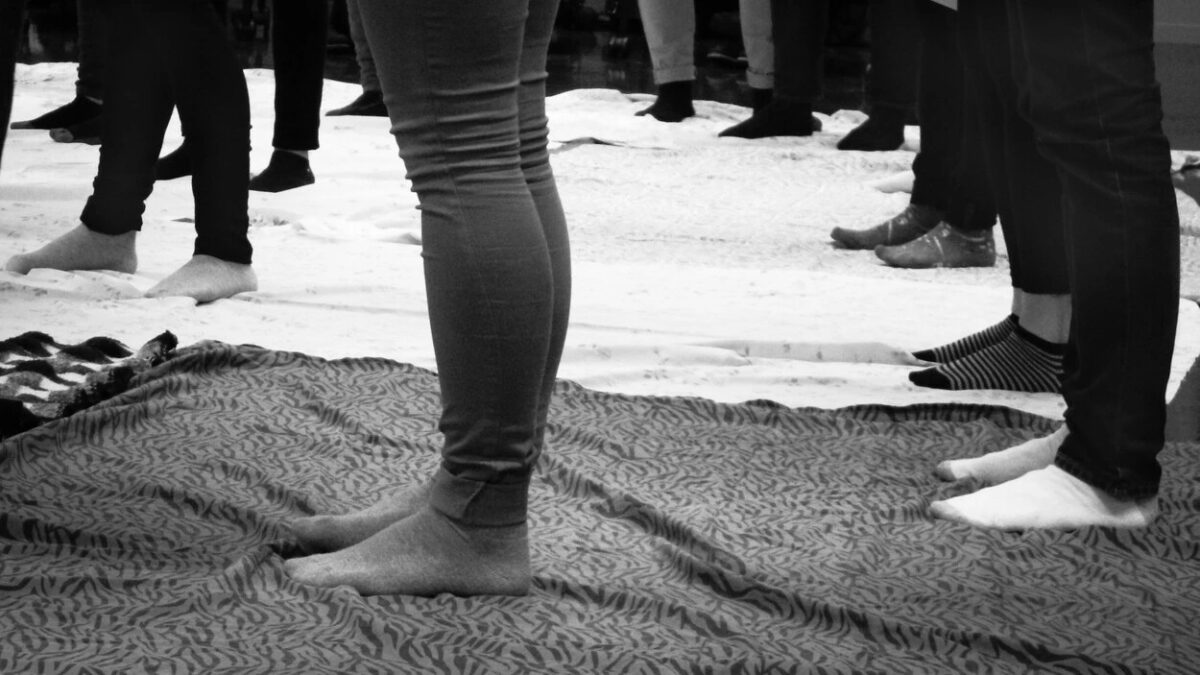There is this culture of the things we ‘should’ be doing. Things our students ‘should’ have a voice in. Growing up there was a lot of emphasis on Stem learning, but how do you actually go about getting into that?
One word friends. OZOBOTS! They are these amazing little golf ball-sized robots that can be customized with these cute little faces and taught how to do tricks. Our class was presented with these cute little guys along with a practice track, bowling pins and some coloured markers. Together we learned how to code through patterns and attempted to get our bots to follow a continuous loop.
As a learner, I knew my interests were at the centre of this lesson. I could continue working on learning what the colour patterns meant, and create a pattern within the partially made track. I also had the opportunity to build my own track and attempt to get the Ozobot to do various different activities.
We worked in groups of 2-3 people and each tried to do the different skills taught to us. We were able to discover our own strengths within the activity and then go through a gallery walk to see how the class approached the subject of coding.
This was so fun that two days did not feel like enough time. I am excited to do this with my future students!

